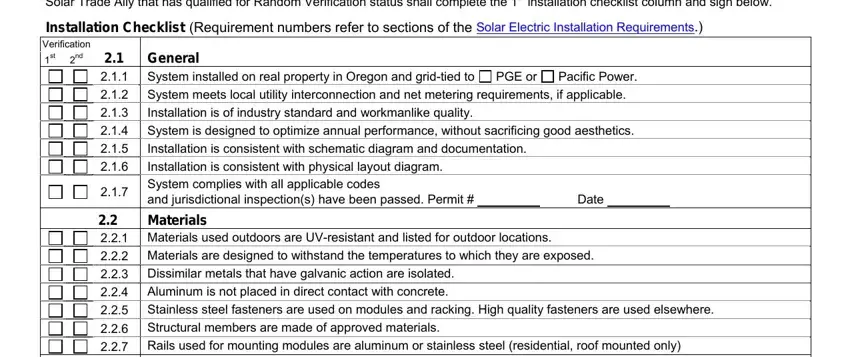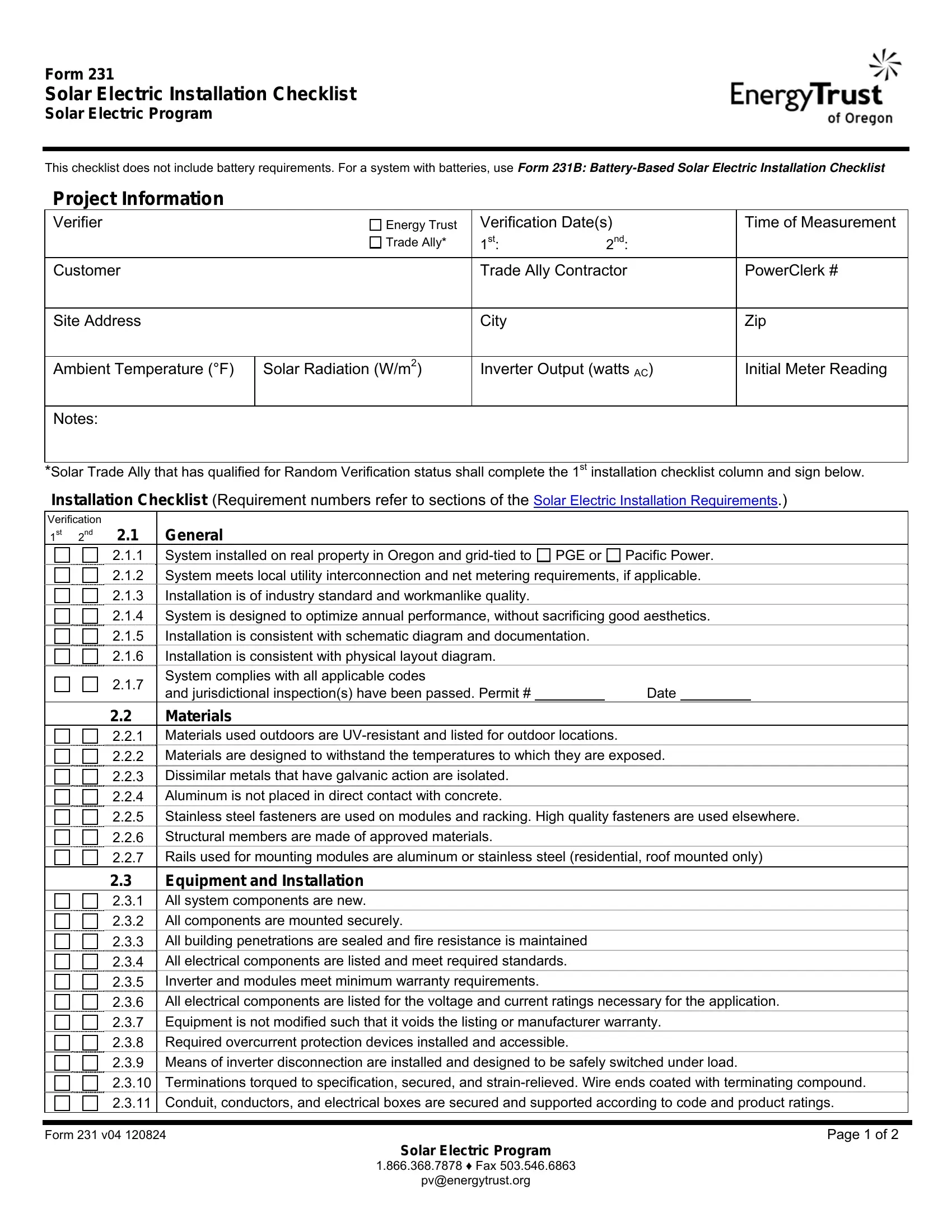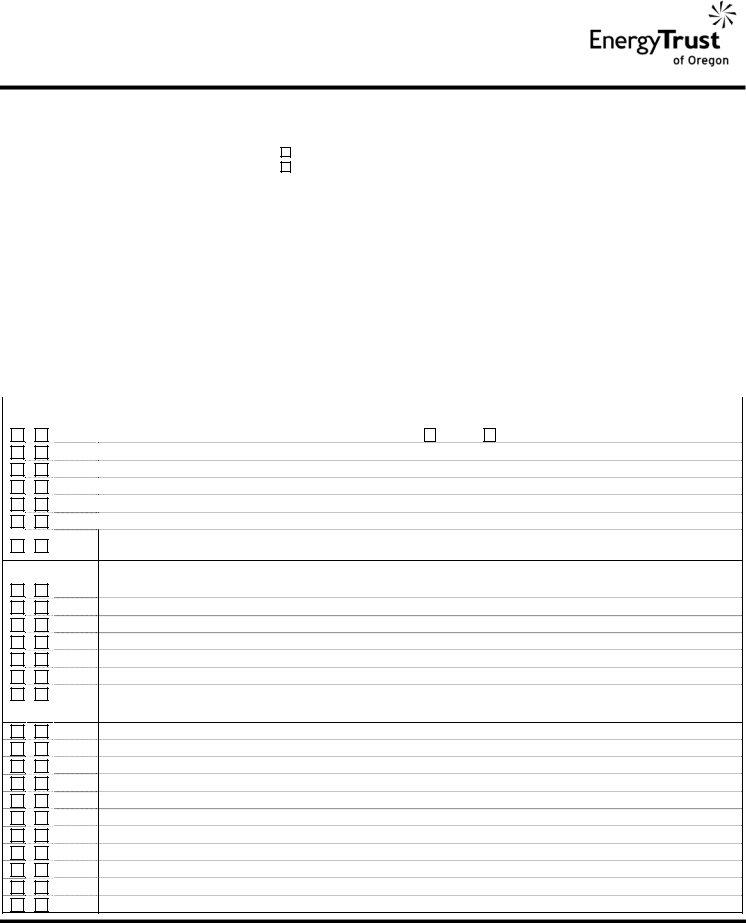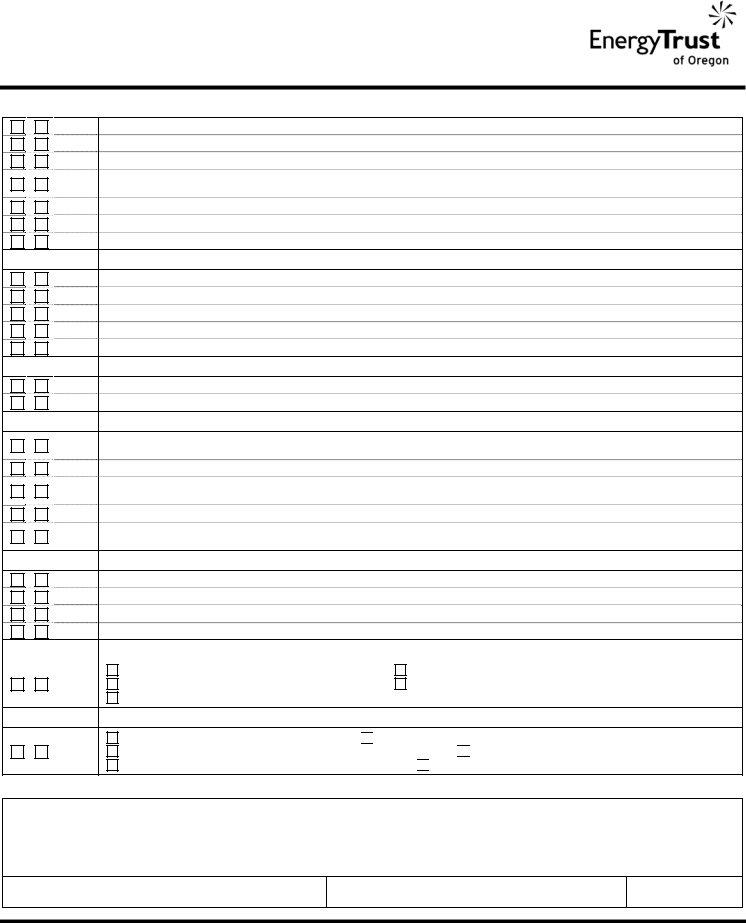In case you intend to fill out Form 231, there's no need to install any programs - simply use our online PDF editor. The tool is consistently maintained by our team, receiving powerful functions and becoming greater. Starting is effortless! All you need to do is take these easy steps below:
Step 1: Open the PDF doc inside our tool by hitting the "Get Form Button" above on this webpage.
Step 2: Using this state-of-the-art PDF editing tool, you'll be able to do more than just fill out blank form fields. Edit away and make your forms look high-quality with customized textual content put in, or fine-tune the original content to perfection - all supported by an ability to insert any photos and sign it off.
If you want to fill out this PDF form, ensure that you type in the required details in every blank field:
1. It's very important to fill out the Form 231 correctly, thus pay close attention when working with the areas containing all of these blank fields:

2. Once the previous part is done, it is time to insert the necessary specifics in Owner can accurately read meter, Trade Ally Name, Form v, Trade Ally Representative Signature, Solar Electric Program, Fax, pvenergytrustorg, Date, and Page of allowing you to go further.

It is easy to make a mistake while filling out your pvenergytrustorg, thus be sure you reread it before you'll submit it.
Step 3: Proofread everything you have inserted in the form fields and then hit the "Done" button. Get your Form 231 the instant you join for a free trial. Conveniently view the document from your personal account page, along with any edits and adjustments being all kept! Here at FormsPal.com, we do everything we can to be certain that all your information is maintained private.



